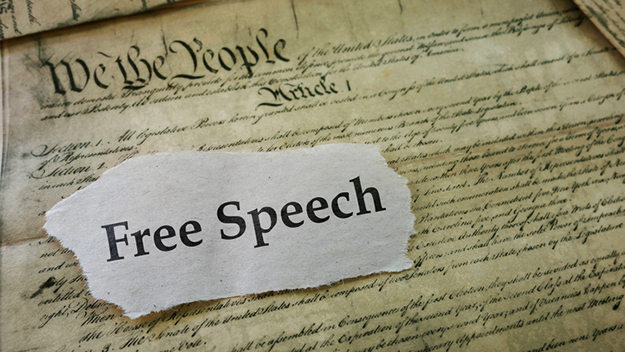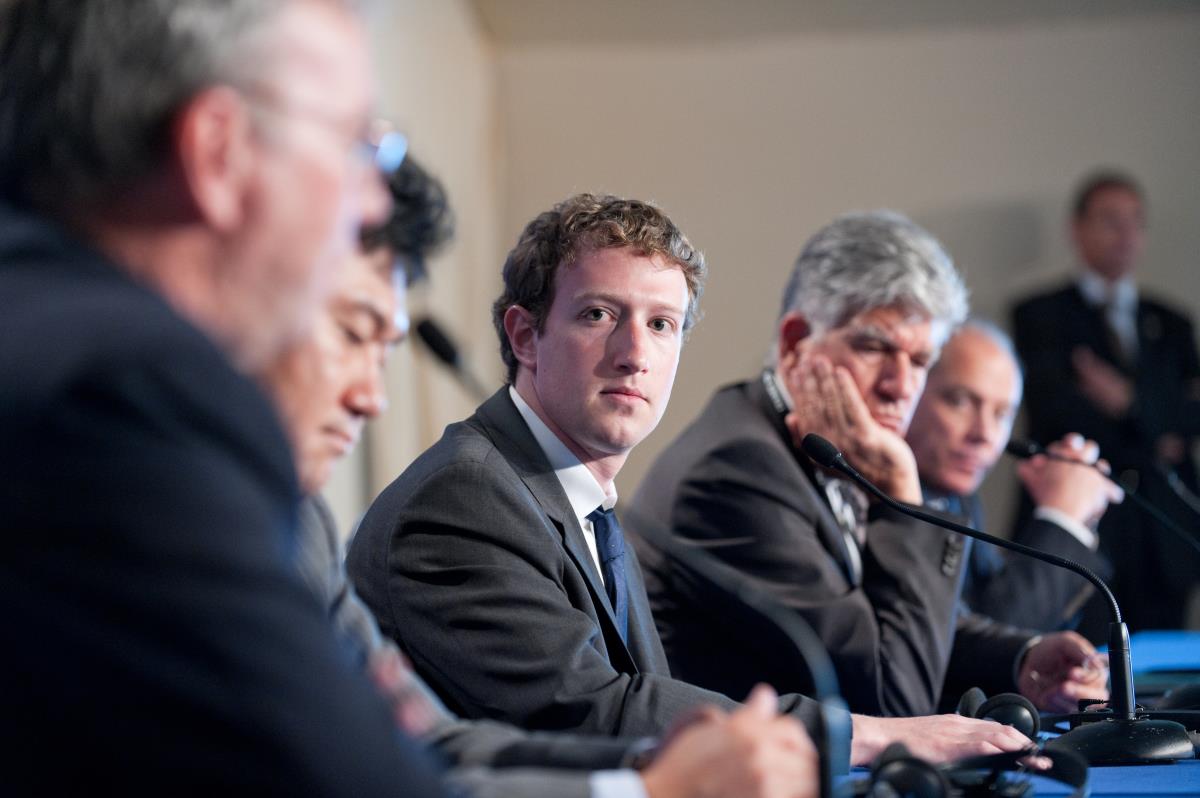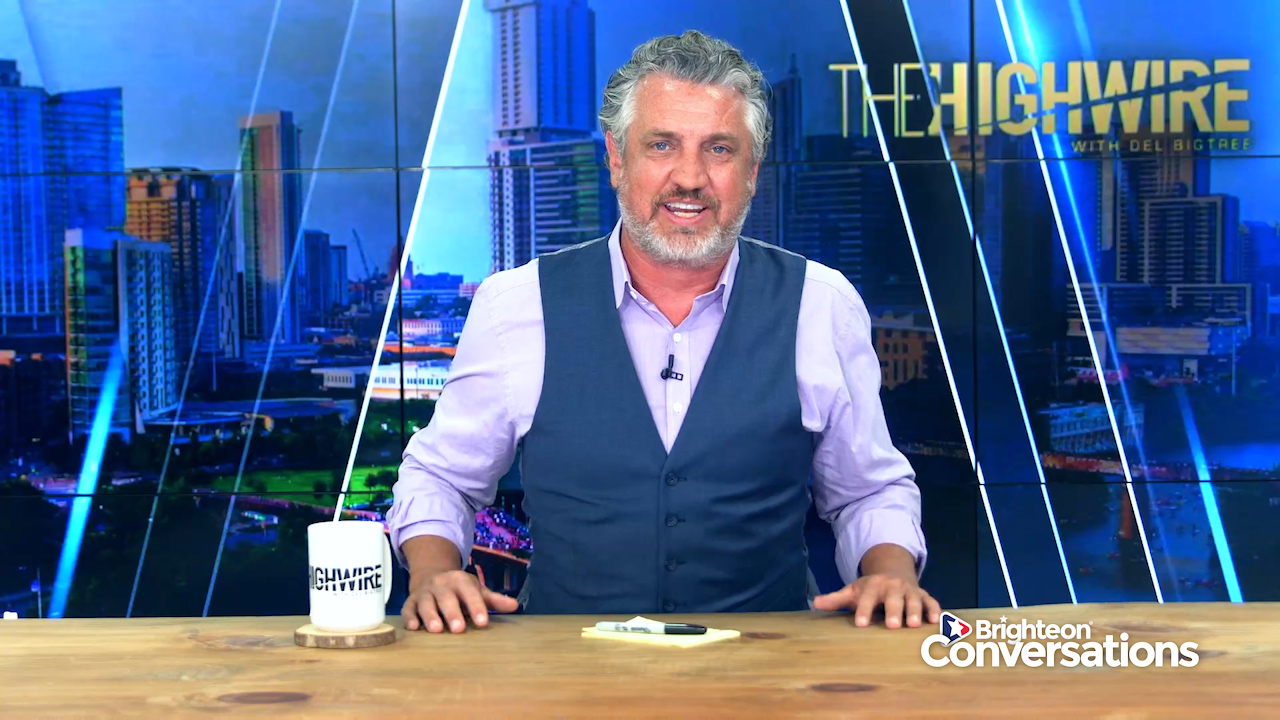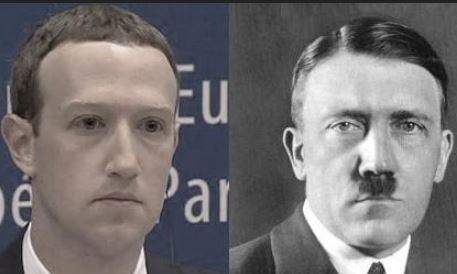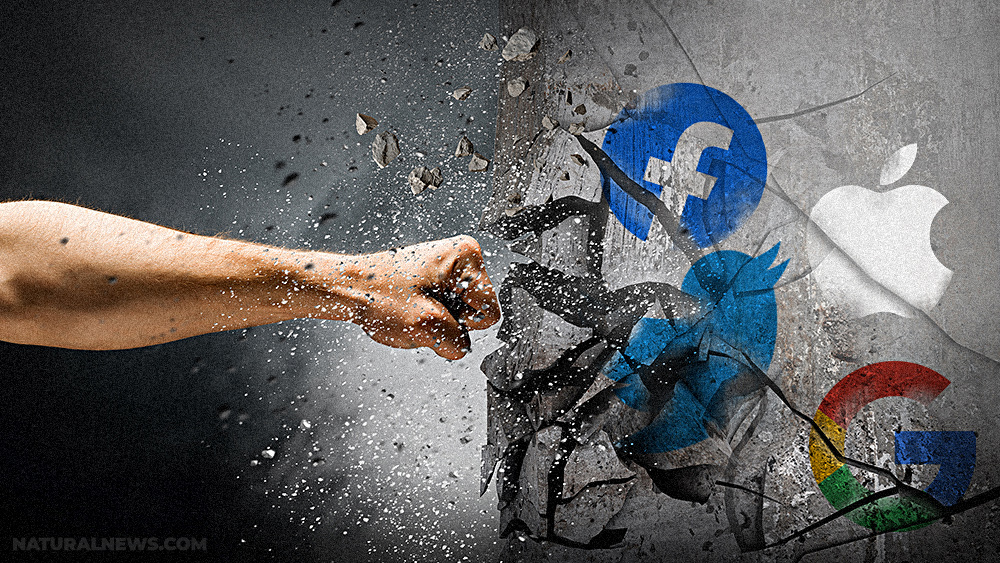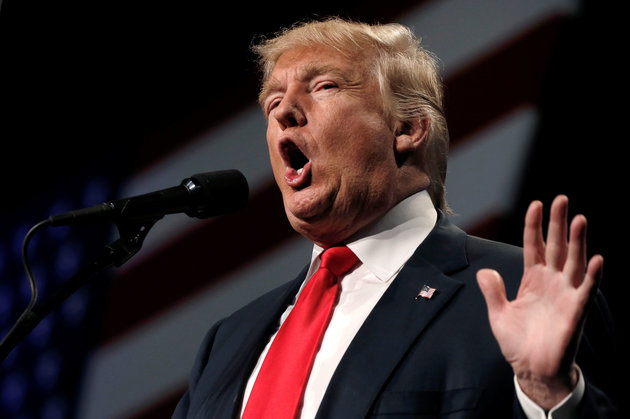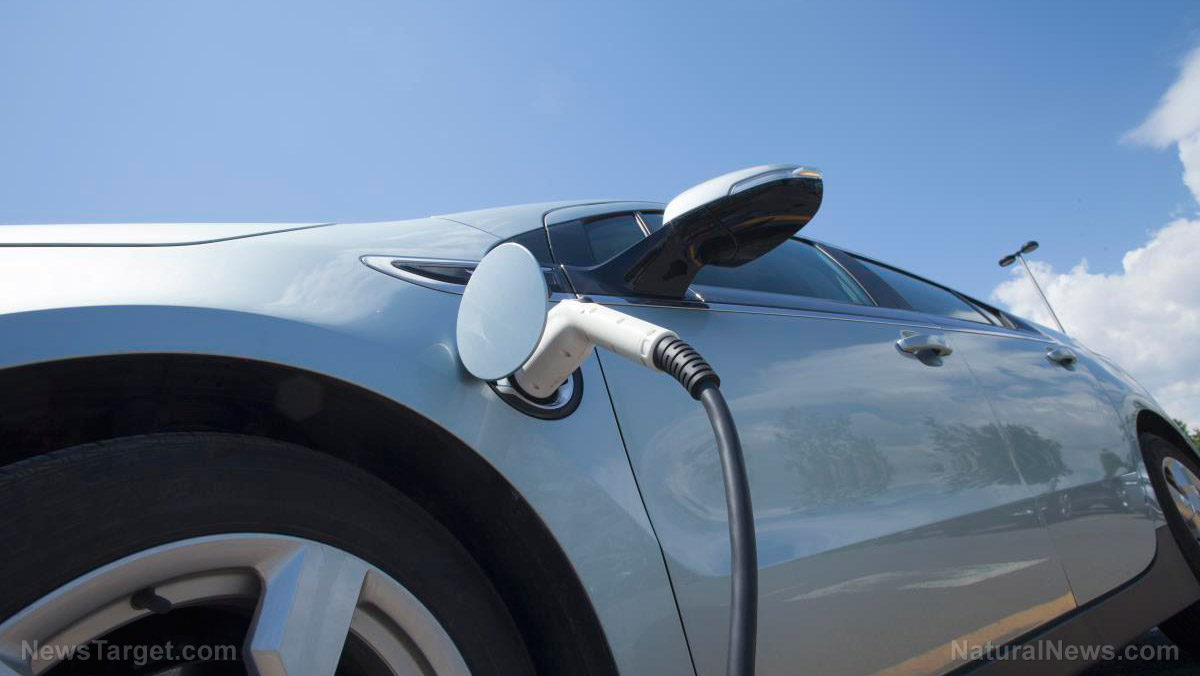Two-tiered medicine: Why is hydroxychloroquine being censored and politicized?
07/31/2020 / By News Editors
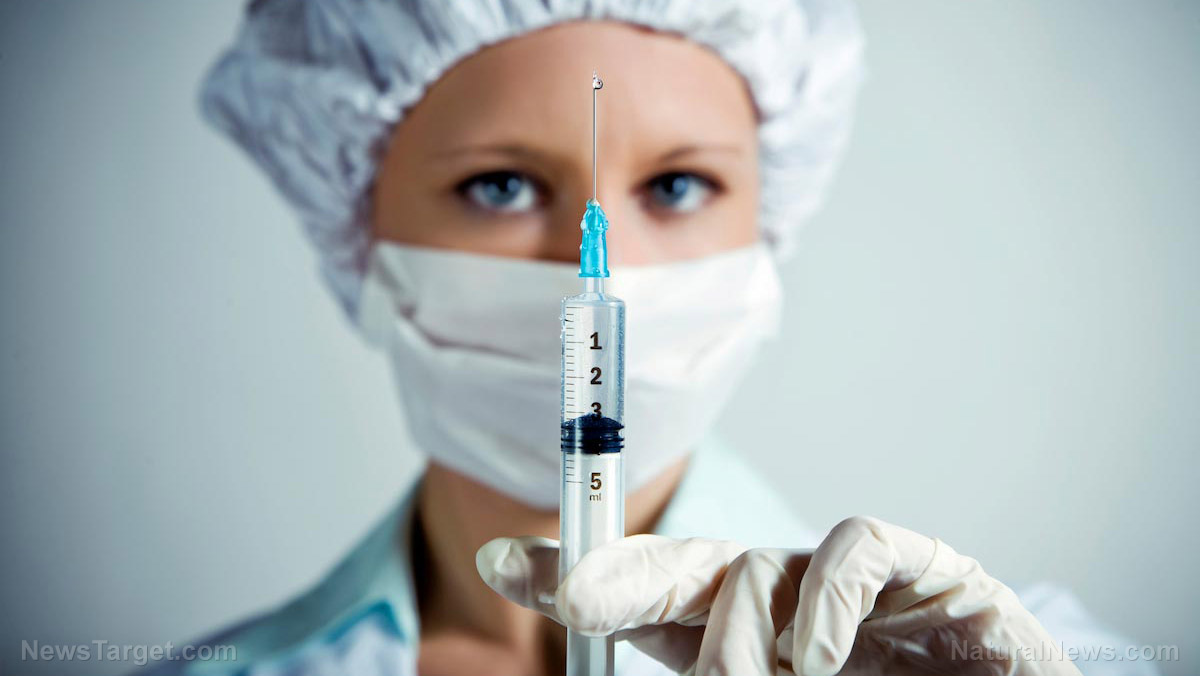
In 2003, severe acute respiratory syndrome (SARS) induced a global panic—a dress rehearsal, as it were, for Covid-19 in 2020. Although SARS fatalities rapidly petered out (with an eventual worldwide tally of just 774 deaths), concerns about the potential for future spread of the SARS coronavirus (SARS-CoV) left doctors eager to identify effective drugs for treatment and prevention. In short order, researchers in Europe (2003 and 2004) and at the Special Pathogens Branch of the CDC (2005) published theoretical models and detailed in vitro findings about a drug offering likely “prophylactic and therapeutic advantage”: chloroquine (CQ).
(Article republished from ChildrensHealthDefense.org)
Following these promising cell culture studies (cited hundreds of times in the scientific literature), researchers around the world continued to explore the antiviral potential of CQ and its more benign analog hydroxychloroquine (HCQ). A 2006 paper in The Lancet Infectious Diseases again directed attention to CQ as a “valuable therapeutic option if SARS re-emerges.” In 2014, in the aftermath of the Middle East respiratory syndrome coronavirus (MERS-CoV), researchers at the Anthony-Fauci-led National Institute of Allergy and Infectious Diseases (NIAID) identified 27 existing compounds “with activity against both MERS-CoV and SARS-CoV,” including CQ and HCQ. Noting that the “screening of approved drugs to identify therapeutics for drug repurposing is a valid approach,” the NIAID researchers singled out CQ and one other drug in their closing paragraph as having noteworthy potential to “reconfigure” the two coronavirus illnesses “into a less virulent subclinical infection” resulting in less adverse disease outcomes.
This ongoing body of research was clearly at the forefront of many doctors’ minds when SARS-CoV-2 surfaced this year. In early April, a survey of U.S. physicians found that two-thirds (65%) would prescribe CQ or HCQ “to treat or prevent COVID-19 in a family member,” and roughly the same percentage (67%) would take it themselves. (The company conducting the survey noted that “the best way to get a candid perspective on treatment options from a physician is to ask: ‘Would you give this to your family?’”) Another early April survey of over 6,000 physicians in 30 countries found that 37% of respondents who had already treated Covid-19 rated HCQ as the most effective therapy. Apparently, the physicians advising the world’s heads of state are likewise favorably disposed to HCQ. In May, the White House doctor confirmed HCQ’s excellent benefit-to-risk ratio, and the president of El Salvador not only reported taking HCQ as prophylaxis for Covid-19 himself but asserted that “most of the world’s leaders,” including President Trump, have been doing the same. However, in what has turned out to be a gross understatement, the Salvadorean leader also admitted that “Sometimes what’s recommended to the people is something different than what’s recommended to the leaders.”
“Extra-scientific factors”
In March, the U.S. readily accepted millions of HCQ tablets donated by pharmaceutical giants Bayer and Sandoz for the U.S. Strategic National Stockpile, and the FDA even granted emergency use authorization for HCQ as a Covid-19 therapy, yet what has been recommended to the American people ever since has most certainly not been HCQ. In fact—ignoring over five dozen studies (and counting) that have shown CQ or HCQ to be effective against Covid-19 under certain conditions—the FDA revoked the drug’s Covid-19 authorization in June. Meanwhile, the nation’s number-one-ranked hospital, the Mayo Clinic, currently states on its website that there are no Covid-19 medications or cures.
At this point, when countries using HCQ are displaying a Covid-19 mortality rate that is “only one-tenth the mortality rate in countries where there is interference with this medication, such as the United States,” it is difficult to deny that an HCQ hit job is taking place both domestically and internationally. Columbia University medical graduate Dr. James Todaro recently declared as much: “If it seems like there is an orchestrated attack that’s going on against hydroxychloroquine, it’s because there is.” For the biopharma companies poised to profit from new drugs and Covid-19 vaccines—including the alarming Moderna vaccine co-developed by NIAID—it is not an attractive option to keep older drugs that have outlived their patent terms in the running. In a Rachel Maddow interview earlier this spring, Columbia University’s Dr. Ian Lipkin admitted to Maddow—with a grin—that “sexy and new and patentable” formulations are far more attractive to researchers and investors than “tried-and-true, classical sort of methods repurposing drugs and strategies that have already been shown to work.”
As a result of the HCQ attacks—enabled by the pharmaceutical industry, Fauci and other top health officials, social media giants and captured media, regulatory and scientific journal partners—tens of thousands of Covid-19 patients “are dying unnecessarily” for “reasons having nothing to do with a correct understanding of the science.” The expert making that dire assessment—Yale epidemiology professor Harvey Risch, MD, PhD—believes that in the future, “this misbegotten episode regarding hydroxychloroquine will be studied by sociologists of medicine as a classic example of how extra-scientific factors overrode clear-cut medical evidence.”
From essential medicine to political hot potato
Until this year, CQ and HCQ had an uneventful track record. The German company Bayer developed CQ as an antimalarial in 1934, and HCQ came along about a decade later. In 1955, the FDA approved HCQ for use in the U.S., where the drug has become a staple for the control of certain autoimmune-inflammatory conditions. The World Health Organization (WHO) includes CQ and HCQ on its list of essential medicines, and both have the reputation of being safe if dosed properly. The most problematic sequelae have been the emergence of drug-resistant malaria and, with long-term use and higher-than-recommended doses, retinopathy.
On March 13, 2020, Dr. Todaro and a coauthor published an online white paper that pointed to the CDC’s 2005 chloroquine research and outlined the early and successful use of CQ in Covid-19 patients in South Korea and China. Noting these promising results and the fact that China had zeroed in on CQ “after several screening rounds of thousands of existing drugs,” the two physicians urged the U.S. to give America’s medical profession an immediate green light to prescribe CQ and HCQ for Covid-19 patients. Instead, the doctors were met with Google’s removal of their white paper.
Around the same time, France reported positive results for HCQ use in combination with the antibiotic azithromycin. The French doctor achieving these results, Dr. Didier Raoult, has been writing for years about the potential to “recycle” CQ and HCQ for 21st century viral and other infections. More recently, a Michigan study of patients hospitalized with a Covid-19-related admission and treated early confirmed that both HCQ alone and HCQ plus azithromycin can significantly reduce Covid-19-linked mortality. Other studies have highlighted the success of a triple combination of HCQ, azithromycin and zinc, a known antiviral. CQ/HCQ rapidly increase intracellular zinc levels—important given that the individuals most likely to be Covid-19 patients (the elderly and those with comorbid chronic conditions) tend to be zinc-deficient.
As of late July, a tally of 65 studies around the world indicated that 100% of the studies that assessed HCQ for Covid-19 pre-exposure prophylaxis (PrEP), post-exposure prophylaxis (PEP) or early use showed “high effectiveness,” as did 61% of the studies examining HCQ use in later stages of illness. Describing a “natural experiment” in Switzerland, Yale’s Dr. Risch has noted:
On May 27, the Swiss national government banned outpatient use of hydroxychloroquine for COVID-19. Around June 10, COVID-19 deaths increased four-fold and remained elevated. On June 11, the Swiss government revoked the ban, and on June 23 the death rate reverted to what it had been beforehand.
Even with the mixed results for late use, some clinicians have described “clear-cut and dramatically positive clinical responses” in individuals treated “when breathing was already very difficult and continuing to worsen.” In six patients:
…[S]ignificant improvement in breathing was seen within about four hours after the first dose, with a complete clinical recovery seen after about an average of three days. […] The rapidity with which the shortness of breath evolved in all these individuals strongly suggested that respiratory failure secondary to COVID-19-induced acute respiratory distress syndrome was imminent.
A nefarious agenda
The media’s flagrant misrepresentation of the HCQ science is bad enough, but the willingness of top-tier journals to finagle the science in an anti-HCQ direction is even more shocking. In early June, scrutiny from dozens of independent scientists forced The Lancet to retract a study it had published just 13 days previously—a “study out of thin air” that used apparently fabricated data to undermine CQ/HCQ therapy. The debacle has since become known as #LancetGate. (The same day as the Lancet retraction, the New England Journal of Medicine retracted a separate Covid-19-related study that relied on unverifiable data sourced from the same company that supplied the data for the Lancet study.) The French health minister used the Lancet study results as justification to ban HCQ’s use despite widespread public interest in and support for the drug.
Confirming that the anti-HCQ campaign is international in scope, several large-scale, multicenter clinical trials (the WHO-led “Solidarity” trial, the UK-led “Recovery” trial and the REMAP-Covid study) that were supposed to lay questions about HCQ safety and effectiveness to rest administered non-therapeutic, toxic and potentially lethal doses of HCQ (four times higher than standard doses) to thousands of study participants. The trials also selected clinically inappropriate patients who either had severe late-stage illness (Solidarity and Recovery) or were near death and not even able to provide consent in some cases (REMAP). The sponsoring agencies then used the disastrously skewed results to discredit HCQ and unblushingly marshalled the bogus Lancet study (before its retraction) in support of their negative conclusions. When medical internist and biowarfare expert Meryl Nass, MD conducted a detailed analysis of the study protocols, she concluded that “WHO and other national health agencies, and charities, have designed huge clinical trials to assure that hydroxychloroquine will fail to show benefit,” and in so doing, conspired to “increase the number of deaths in these trials” and “deprive billions of people from potentially benefiting from a safe and inexpensive drug during a major pandemic.”
Therapeutics, not politics
In the U.S., physician and Stanford-educated lawyer Simone Gold, MD, JD pointed out in a mid-June interview about HCQ’s politicization that “There was never controversy about hydroxychloroquine right up until March 20, 2020”—the day that President Trump praised HCQ as a “game changer” (timestamp 3:42). This week, Dr. Gold and an accompanying group of frontline doctors from around the U.S. went public on the steps of the U.S. Supreme Court with their frustration about HCQ’s marginalization. In their video, the doctors reiterated the effectiveness of HCQ, azithromycin and zinc for Covid-19 prophylaxis and early-stage illness and asserted that “nobody needs to die.” The video garnered an astonishing 17 million views on Facebook and over 80,000 views on YouTube before the two tech giants (plus Twitter) took it down. The mainstream media then swiftly followed up with pieces designed to character-assassinate the doctors and, ironically, slam them as too political.
Rather than promote the HCQ+azithromycin+zinc combination or other inexpensive therapies that have achieved real-world results, Fauci (“America’s doctor”) continues to disparage HCQ while painting a grim “no end in sight” picture in which non-evidence-based lockdowns and social distancing are the only response. In Fauci’s recent speeches, it is difficult to find any mention of therapies at all, other than praise for the risky, high-dollar Ebola drug Remdesivir manufactured by Fauci’s pharmaceutical counterparts. Tested in NIAID-sponsored trials, Remdesivir has failed to deliver any clinically meaningful results for Covid-19 patients.
Fauci, the man who has had continuous job security at the National Institutes of Health since 1968, has dismissed the stunning and health-threatening loss of millions of American jobs—nearly 50 million first-time unemployment applications thus far—as merely “inconvenient.” In a late July speech to cancer doctors, Fauci’s sole concession to the havoc that his lockdown advice has helped propagate was to “dispassionately” admit that up to 10,000 extra cancer deaths may result from the cancer screenings that Americans are currently foregoing. The message that ought to be equally distressing to the American public is that a propaganda war against a potentially life-saving medication is being waged “for political purposes, not based on ‘medical facts.’”
Read more at: ChildrensHealthDefense.org
Tagged Under: Big Pharma, Big Tech, bio pharma, Censorship, coronavirus, covid-19, freedom, Glitch, hcq, health, health freedom, hydroxychloroquine, Liberty, medical fascism, politics, SARS, tech giants, Tyranny, vaccine
RECENT NEWS & ARTICLES
COPYRIGHT © 2017 YOUTUBECENSORSHIP.COM
All content posted on this site is protected under Free Speech. YouTubeCensorship.com is not responsible for content written by contributing authors. The information on this site is provided for educational and entertainment purposes only. It is not intended as a substitute for professional advice of any kind. YouTubeCensorship.com assumes no responsibility for the use or misuse of this material. All trademarks, registered trademarks and service marks mentioned on this site are the property of their respective owners.

